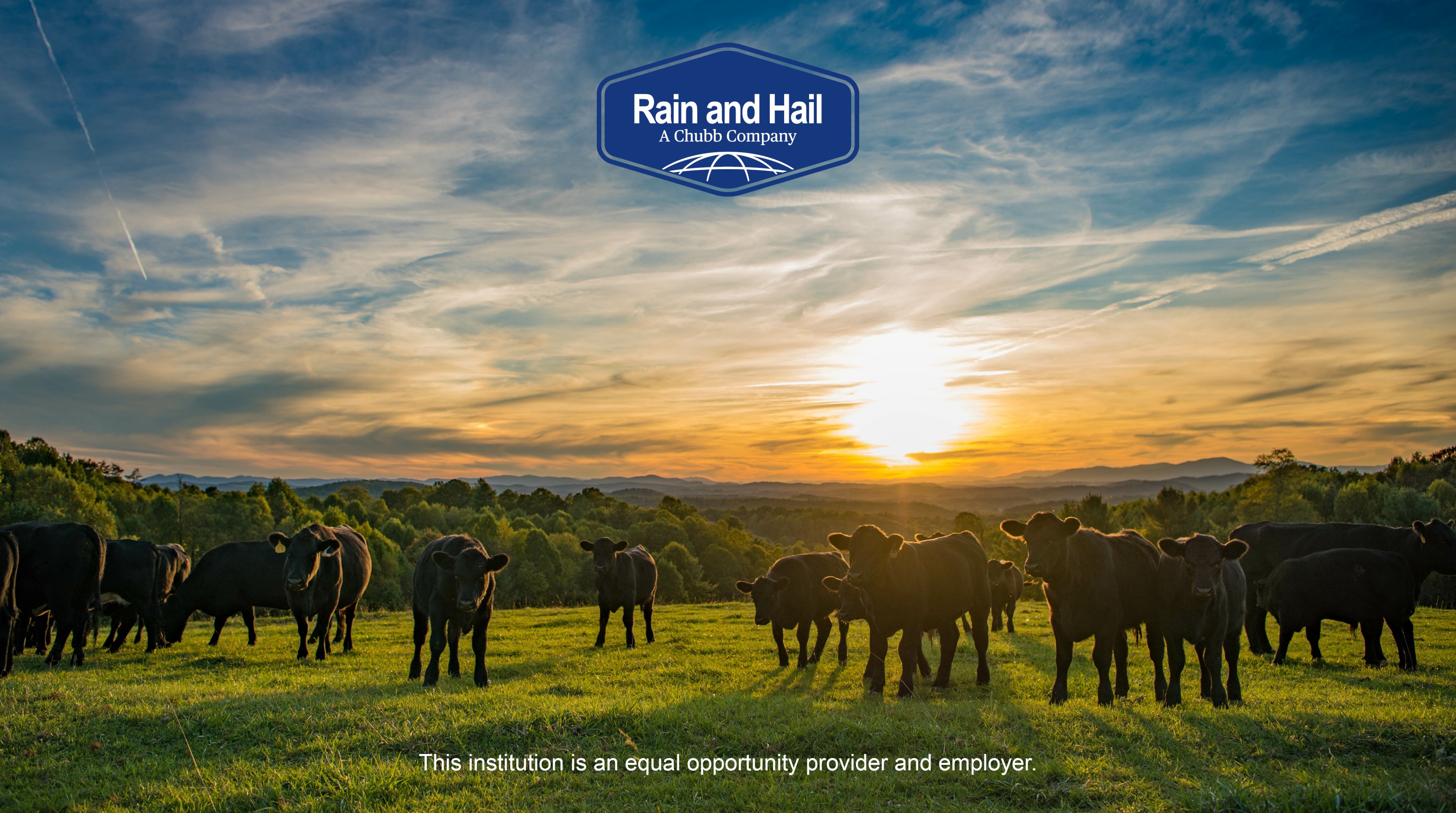Understanding Livestock Risk Security (LRP) Insurance Policy: A Comprehensive Overview
Browsing the world of livestock threat protection (LRP) insurance can be a complex venture for numerous in the agricultural field. From just how LRP insurance policy functions to the various coverage options readily available, there is much to discover in this detailed guide that might potentially shape the way animals producers approach danger administration in their services.

Exactly How LRP Insurance Works
Sometimes, comprehending the technicians of Livestock Threat Defense (LRP) insurance can be complicated, however damaging down exactly how it works can offer quality for herdsmans and farmers. LRP insurance coverage is a threat administration tool designed to shield animals manufacturers versus unanticipated cost decreases. The policy enables manufacturers to set a coverage degree based on their certain requirements, picking the number of head, weight variety, and insurance coverage rate. Once the policy remains in area, if market value fall below the protection cost, manufacturers can sue for the distinction. It's important to keep in mind that LRP insurance is not an earnings guarantee; rather, it concentrates exclusively on price danger defense. The protection period typically varies from 13 to 52 weeks, supplying adaptability for manufacturers to pick a period that straightens with their production cycle. By utilizing LRP insurance policy, farmers and ranchers can reduce the economic risks connected with fluctuating market value, ensuring higher stability in their operations.
Eligibility and Coverage Options

When it comes to protection options, LRP insurance coverage uses producers the adaptability to pick the insurance coverage level, insurance coverage duration, and endorsements that ideal match their threat administration demands. By recognizing the qualification criteria and protection alternatives offered, livestock producers can make enlightened choices to manage risk successfully.
Pros and Cons of LRP Insurance Policy
When evaluating Animals Risk Protection (LRP) insurance policy, it is necessary for animals producers to evaluate the benefits and drawbacks intrinsic in this risk management tool.

Among the primary benefits of LRP insurance coverage is its capability to offer defense versus a decline in animals costs. This can assist guard producers from economic losses resulting from market fluctuations. Additionally, LRP insurance offers a degree of versatility, permitting manufacturers to personalize protection levels and plan durations to match their particular requirements. By locking in a guaranteed rate for their animals, manufacturers can much better take care of danger and plan for the future.
One restriction of LRP insurance is that it does not protect versus all kinds of risks, such as disease episodes or all-natural catastrophes. It is vital for manufacturers to thoroughly evaluate their private risk direct exposure and financial circumstance to determine if LRP insurance coverage is the ideal threat monitoring device for their procedure.
Comprehending LRP Insurance Policy Premiums

Tips for Taking Full Advantage Of LRP Perks
Making go to website the most of the benefits of Animals Risk Protection (LRP) insurance coverage requires strategic Extra resources preparation and positive risk management - Bagley Risk Management. To maximize your LRP protection, think about the following pointers:
Regularly Assess Market Problems: Keep educated regarding market fads and price variations in the animals sector. By checking these elements, you can make educated choices concerning when to purchase LRP insurance coverage to protect versus potential losses.
Set Realistic Protection Levels: When choosing insurance coverage levels, consider your production prices, market value of livestock, and possible threats - Bagley Risk Management. Establishing sensible coverage levels guarantees that you are appropriately safeguarded without paying too much for unneeded insurance policy
Expand Your Coverage: Rather than depending entirely on LRP insurance policy, take into consideration diversifying your threat monitoring methods. Incorporating LRP with other danger management devices such as futures agreements or choices can supply thorough coverage against market unpredictabilities.
Testimonial and Readjust Insurance Coverage Regularly: As market problems change, periodically review your LRP protection to guarantee it straightens with your present danger direct exposure. Readjusting coverage levels and timing of purchases can help maximize your threat protection approach. By following these ideas, you can take full advantage of the benefits of LRP insurance policy and protect your livestock operation versus unanticipated risks.
Final Thought
To conclude, livestock threat defense (LRP) insurance policy is a valuable device for farmers to manage the economic dangers connected with their livestock operations. By understanding how LRP functions, eligibility and protection options, along with the benefits and drawbacks of this insurance coverage, farmers can make educated decisions to protect their source of incomes. By very carefully taking into consideration LRP premiums and applying methods to make the most of benefits, farmers can minimize possible losses and why not try these out ensure the sustainability of their procedures.
Livestock manufacturers interested in acquiring Livestock Danger Security (LRP) insurance policy can explore an array of qualification requirements and insurance coverage choices tailored to their details animals procedures.When it comes to coverage choices, LRP insurance coverage provides producers the versatility to select the insurance coverage level, insurance coverage period, and endorsements that ideal suit their risk monitoring needs.To understand the intricacies of Animals Danger Protection (LRP) insurance coverage completely, understanding the aspects affecting LRP insurance premiums is crucial. LRP insurance premiums are identified by different aspects, consisting of the protection degree chosen, the expected cost of livestock at the end of the coverage period, the type of animals being guaranteed, and the size of the protection period.Evaluation and Adjust Coverage Routinely: As market problems change, occasionally evaluate your LRP insurance coverage to ensure it straightens with your current danger exposure.